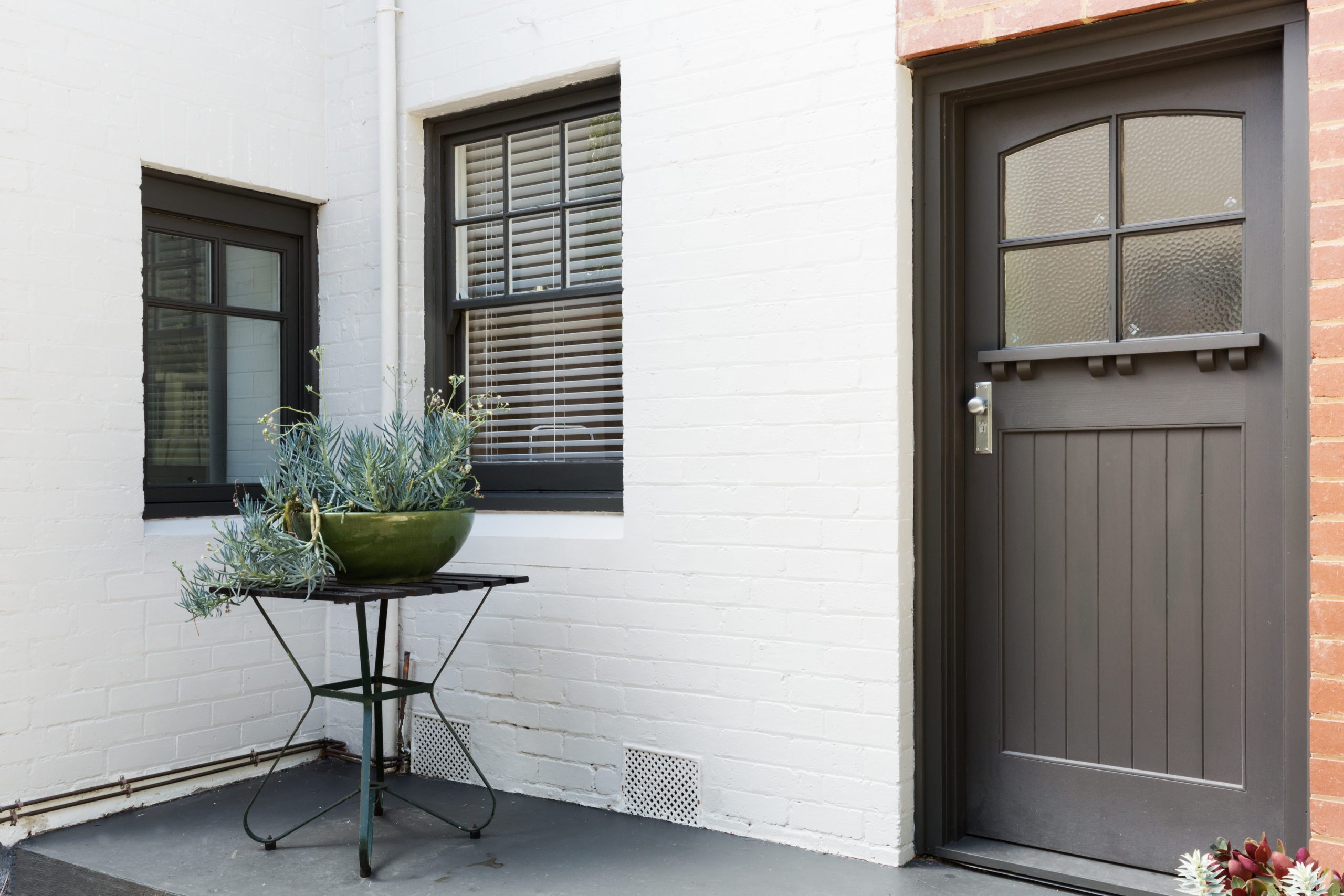
Older apartments are attracting a lot of buyer attention because they offer more floor space and character than many modern buildings.
The trade-off is that sometimes you have to deal with floorplans, fittings and design quirks that architects dropped 20-plus years ago.
It is fascinating to compare the streamlined approach of modern apartments with the character and charm of those built in the 1930s, 40s and 50s.
An older property might have 5-10% more floor space and feature higher ceilings, which is a huge attraction for many buyers today.
If you’re looking to purchase or even consider an older apartment, don’t forget to factor the state of its infrastructure into your equation. You don’t want to be racking up maintenance costs from day one with high sinking funds.
And if you want to make changes to the floorplan, you should check before you buy whether permissions are required from the building’s strata committee or local authorities. Watch out too for heritage listings, as these are likely to impact renovations.
Here are some key points to guide your decision when assessing an older apartment.
- Rewiring – Always check whether the wiring needs updating. Occasional power trips for no apparent reason indicate a potential problem. Check electrical sockets and where they are located too as you may want to address these for modern living.
- Air-conditioning – This can be essential in apartment living. If you’re any more than a couple of floors up, the building’s rising heat can be oppressive without it. An inspection of the air conditioning should include the pipes, insulation and where the unit is located. Watch out for water condensation and seepage.
- Plumb job – Fitting and fixtures can become tired and shabby-looking quite quickly unless you’re dealing with top-of-the-range tapware, showerheads, toilets etc. Use a plumber to install new fixtures and ask them to clean the pipes of calcium deposits built up over the years. Check with your strata or body corporate before you start digging up the tiles and waterproofing. This work may need to be approved by your building committee.
- Internal fascia – If there’s concrete fascia in your apartment (especially sprayed concrete ceilings), you’ll find these deteriorate over the years, often cracking and falling away. This effect is called spalling concrete, caused by steel reinforcements rusting beneath the surface. Moisture seeps into the ceiling and causes the steel rods to rust. The bathroom is the most significant problem area. Call in the experts here. It could also be an issue for the body corporate.
- Changing the floorplan – Moving walls can be a challenge if you need permission from the strata or management committee. Before buying, make sure you can get your desired layout.
- New flooring – It’s amazing what new flooring can do for an older apartment. If you’re dealing with small tiles, go for the modern look that uses 600mmx300mm tiles. They make the rooms feel bigger and reduce floor grout. Just remember that noise for your neighbours can be an issue with some materials.
- False ceiling – We love high ceilings these days because of the space and freedom it creates. And they’re a rare feature in modern buildings. So, if you’re considering an older apartment that lowered the ceiling for reasons such as heating efficiency, then you should knock it out. The higher ceilings will transform an apartment and add value.
- Safety first – Safety regulations constantly improve, and your apartment will need to be compliant. Nobody will knock on the door to enforce these rules, but who wants blinds with loose cords that could accidentally cause harm to a child, or to run the risk of fire for the lack of a smoke detector. You may need to budget for these things to ensure your apartment is super-safe.
